When examining gynecomastia vs. pseudogynecomastia, it’s likely that you’ll see a lot of overlap. The two conditions seemingly resemble one another and there are some similarities between the two.
However, the causes are quite different, and so when assessing gynecomastia vs. pseudogynecomastia, it’s important to realize the treatments are quite different.
Read on to learn more about the differences between gynecomastia and pseudogynecomastia, and how each one may be treated.
What is Gynecomastia vs. Pseudogynecomastia?
As mentioned, there are some superficial similarities between gynecomastia and pseudogynecomastia. Let’s take a look at both conditions.
Gynecomastia
Gynecomastia is a benign but embarrassing condition in which boys or men develop an excess amount of breast gland tissue. All men have a small amount of breast gland tissue, but in gynecomastia, this amount increases to the point where it can become visible.
This is generally caused by a hormonal imbalance that results in too much estrogen being present in the body.
As mentioned, the condition is benign, and therefore medically harmless. However, it is often a cause of psychological distress for the sufferer, and so the vast majority of men with gynecomastia will seek treatment for the condition.
Pseudogynecomastia
That ‘pseudo’ in ‘pseudogynecomastia’ is important because it means ‘false’. Hence, pseudogynecomastia is false gynecomastia.
This condition is the build-up of excess fat tissue on the chest. Because large amounts of chest fat can resemble breasts, it can be confused with true gynecomastia.
However, unlike true gynecomastia, pseudogynecomastia’s causes are much more straightforward. So, treatment for the condition can be much simpler.
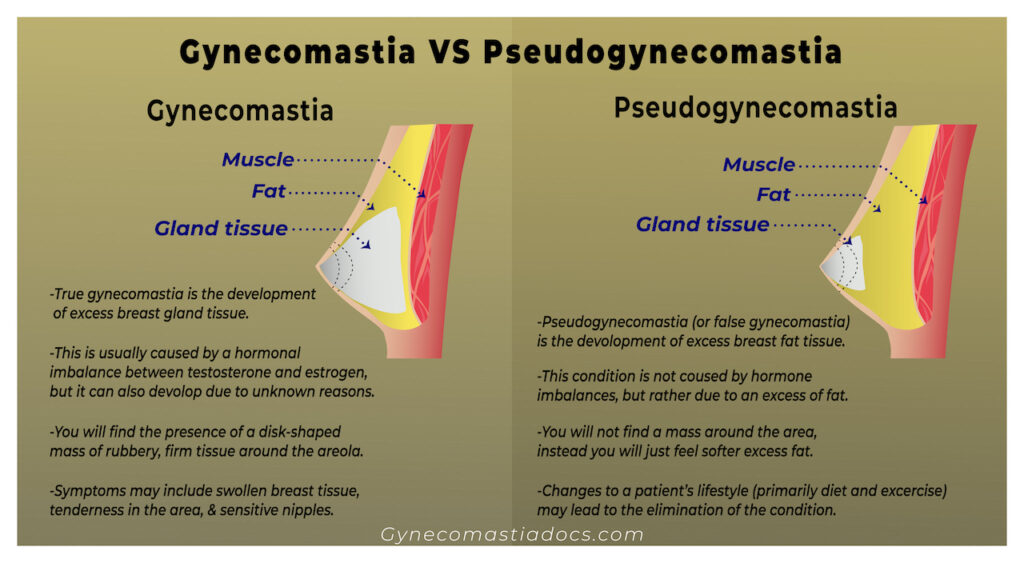
Causes: Gynecomastia vs. Pseudogynecomastia
Despite some superficial similarities (chiefly, the appearance of male breasts), gynecomastia and pseudogynecomastia have very different causes.
Gynecomastia
Gynecomastia is a condition that can be caused by many things – but many of these boil down to a hormonal imbalances between testosterone and estrogen.
Some of the causes of the condition are:
Substance Abuse
Marijuana, heroin, methadone and alcohol abuse can all lead to gynecomastia. Similarly, the abuse of anabolic steroids is a common cause of the condition – particularly when not taken alongside estrogen blockers or aromatase inhibitors.
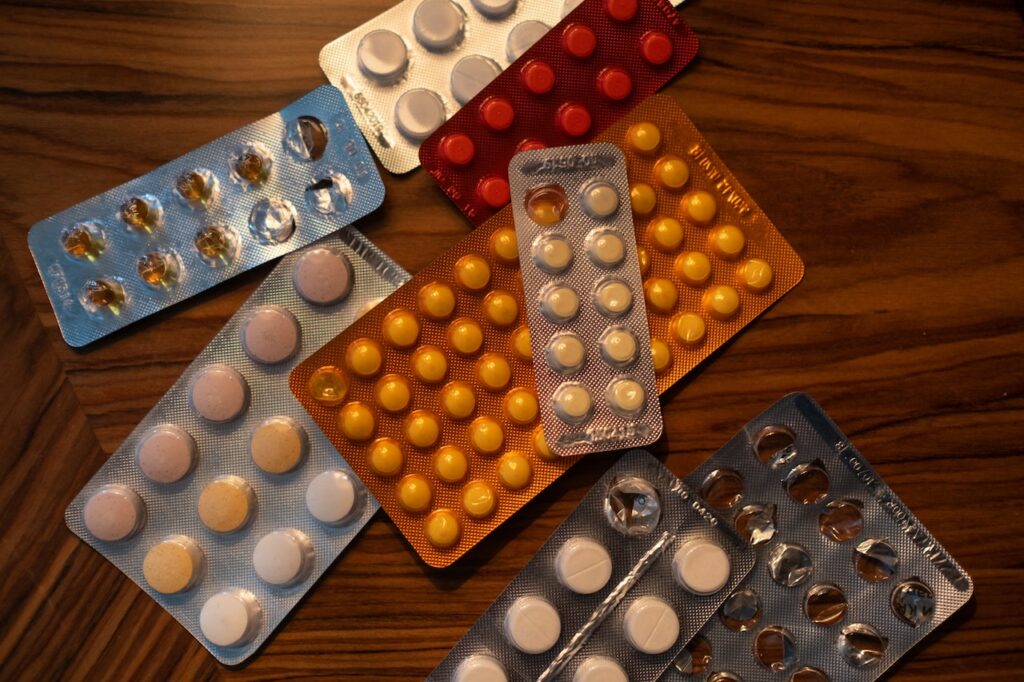
Kidney/Liver Dysfunction
These organs – particularly the liver – are important in hormone regulation, and any disease or dysfunction can lead to a hormone imbalance. This, as we have seen, is one of the chief reasons men develop gynecomastia.
Obesity
Possibly one of the biggest reasons for confusion between gynecomastia vs. pseudogynecomastia, obesity can cause true gynecomastia in addition to the propensity of chest fat found in pseudogynecomastia.
Natural Hormone Changes
Infants and adolescent boys can both develop temporary cases of gynecomastia due to hormone changes. In both cases, this is perfectly natural and will resolve on its own.
Hypogonadism or Other Testicular Dysfunction
Testosterone is produced in the testes, and so anything affecting the testicles – whether a disease, genetic illness or injury – may affect testosterone production. This lack of testosterone may be a contributing factor in gynecomastia.
Medication
Some medications can cause gynecomastia. This includes medications for the treatment of ulcers, some cancers, anti-psychotics, anti-depressants and anti-androgens.
When it comes to gynecomastia vs. pseudogynecomastia, medication generally only matters in the case of the former (unless the medication is causing weight gain).
Aging
Testosterone production naturally drops off as men age, beginning at around the age of 30. Men over 60 are particularly at risk of developing gynecomastia.
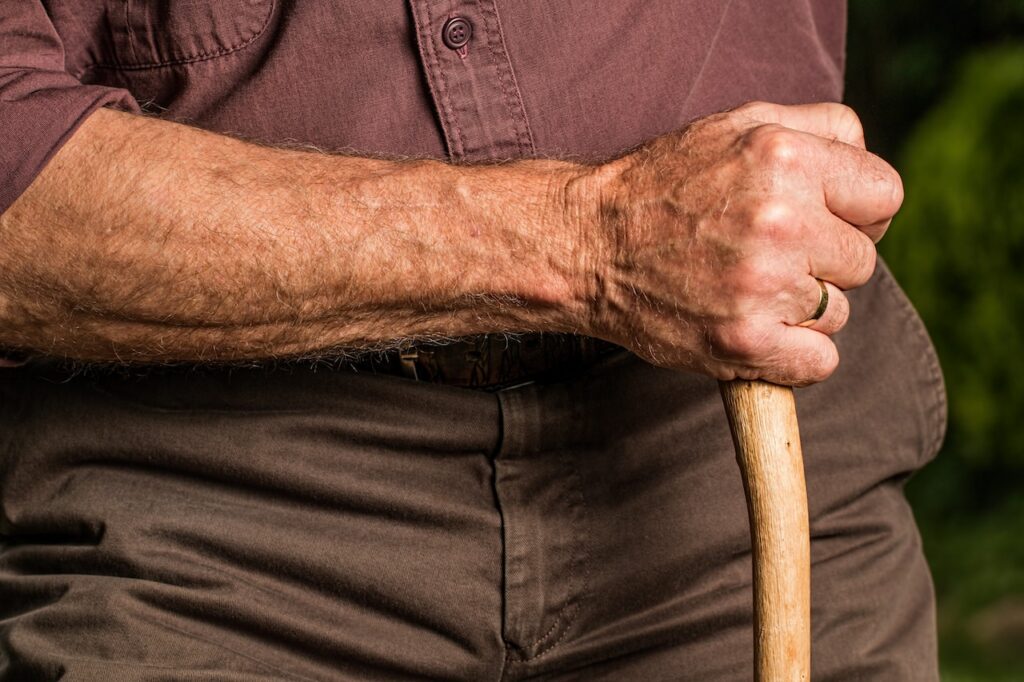
Pseudogynecomastia Causes
Pseudogynecomastia, conversely, has a single cause: excess adipose (fat) tissue in the chest.
This is generally due to the sufferer being overweight. When considering gynecomastia vs. pseudogynecomastia, this is a very important distinction.
It is possible though to have both true gynecomastia and pseudogynecomastia concurrently (it is actually quite common). So, while you may be able to get rid of your chest fat (pseudogynecomastia) on your own, you may still need to seek treatment for your gynecomastia.
Treatments: Gynecomastia vs. Pseudogynecomastia
Because the two conditions have very different causes, treatment for the two is generally different. However, there is some small overlap.
Gynecomastia Treatments
Because it is hormonal in nature, gynecomastia can be treated by treating this hormonal imbalance. However, in more advanced cases, surgery may be the patient’s only recourse.
Treatment of Underlying Conditions
In the event that gynecomastia is being indirectly caused by another condition (testicular dysfunction, for instance), treatment of that condition can often lead to an improvement in (or even a complete cessation of) gynecomastia symptoms.
Off-Label Medications
Certain drugs used for osteoporosis and breast cancer may be used to alleviate the symptoms of gynecomastia. A doctor should be consulted before doing this, of course.
Excision of Brest Gland Tissue
The surgery involves the removal of the excess breast gland, and the overlying skin (if necessary). This is going to be the most effective treatment option for gynecomastia as it removes the underlying issue.
Note that liposuction can also be used if there is also excess chest fat around the area.
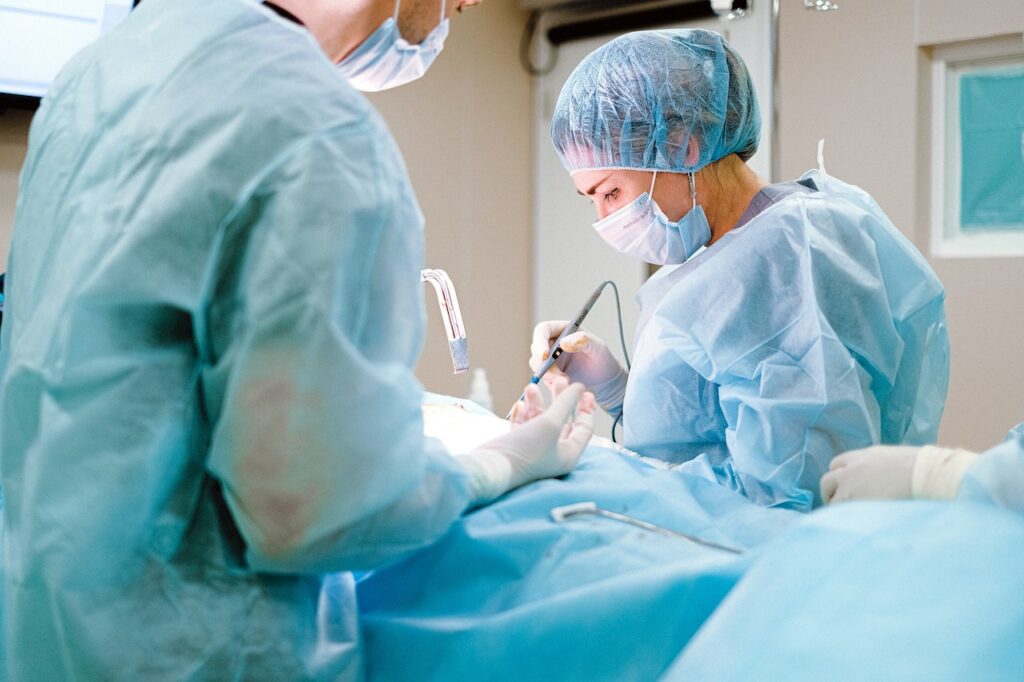
Pseudogynecomastia Treatments
Pseudogynecomastia is primarily a weight issue. Consequently, most treatments address this with diet and lifestyle changes.
Exercise
Routinely engaging in exercise helps in general with weight loss and with toning muscle, and this is no different in the case of pseudogynecomastia.
Resistance training is a great way of promoting overall weight loss and building muscle. It is not necessarily a good idea to focus on the chest muscles to the exclusion of other groups. That said, building chest muscle may help hide mild (true) gynecomastia.
Cardio is also quite important in maintaining a heathy weight and burning fat. Running, hiking, swimming and HIIT (high-intensity interval training) are all great for dealing with pseudogynecomastia.

Diet
A generally healthy diet high in fresh fruit and veg is useful for combatting pseudogynecomastia. Refined and processed foods should be avoided (such as processed meat and white bread/rice, etc.), and plenty of leafy greens and fresh fruit should be consumed.
Some foods can help with the natural production of testosterone, which can help with building muscle. Try to maintain a diet high in zinc, healthy fats and vitamin D.

Liposuction
In the case where lifestyle changes are not naturally curing your pseudogynecomastia man boobs, then liposuction would be the next best option to quickly and efficiently help you.
While this would be the most invasive of options, it can also be one of the most viable options.
Gynecomastia vs. Pseudogynecomastia: Frequently Asked Questions
Due to the confusion between these two conditions, there are invariably a good many questions regarding them.
Is There a Test for Gynecomastia vs. Pseudogynecomastia?
Yes, and it’s relatively simple. Known as the ‘pinch test’, this test is generally one a doctor will employ to ascertain if there is a case of true gynecomastia.
It simple involves pinching around and behind the nipple. If there is a firm, fibrous disc of tissue behind the nipple, then chances are there is a genuine case of gynecomastia. If the tissue is soft, however, it’s likely simply chest fat.
Will Pseudogynecomastia Go Away?
With the correct diet and exercise, yes. In some outlying cases, stubborn pockets of chest fat may persist – these can be remedied with fat-removal procedures such as liposuction or lipolysis.
Can Pseudogynecomastia Come Back?
As with any excess fat, yes. It is necessary to continue to maintain a healthy lifestyle, with plenty of healthy food and exercise, after eliminating pseudogynecomastia.
If you fall back into a pizza-and-soda lifestyle, chances are that pseudogynecomastia will come back.
How Long Does it Take to Get Rid of Pseudogynecomastia?
It’s difficult to say as each person is different. Since pseudogynecomastia is caused by weight issues, it can be expected that the condition will be eliminated once you hit your desired weight goal.
It’s realistic to expect a weekly weight loss, assuming that a diet and exercise regimen is established and followed. It’s therefore constructive to assess your current weight vs. your desired weight and doing the math.
How Common is Pseudogynecomastia?
Pseudogynecomastia is an extremely common condition in the developed world. Due to the proliferation of high-fat and sugar foods, a great many men will be overweight at some point in their lives – and obesity causes pseudogynecomastia.
It’s estimated, in fact, that more than 50% of men will experience pseudogynecomastia at some point in their lives.
What Does Pseudogynecomastia Look Like?
The common confusion between gynecomastia vs. pseudogynecomastia often arises because the two conditions can, at first glance, appear identical. This is why it’s important to get a diagnosis before attempting to treat either condition.
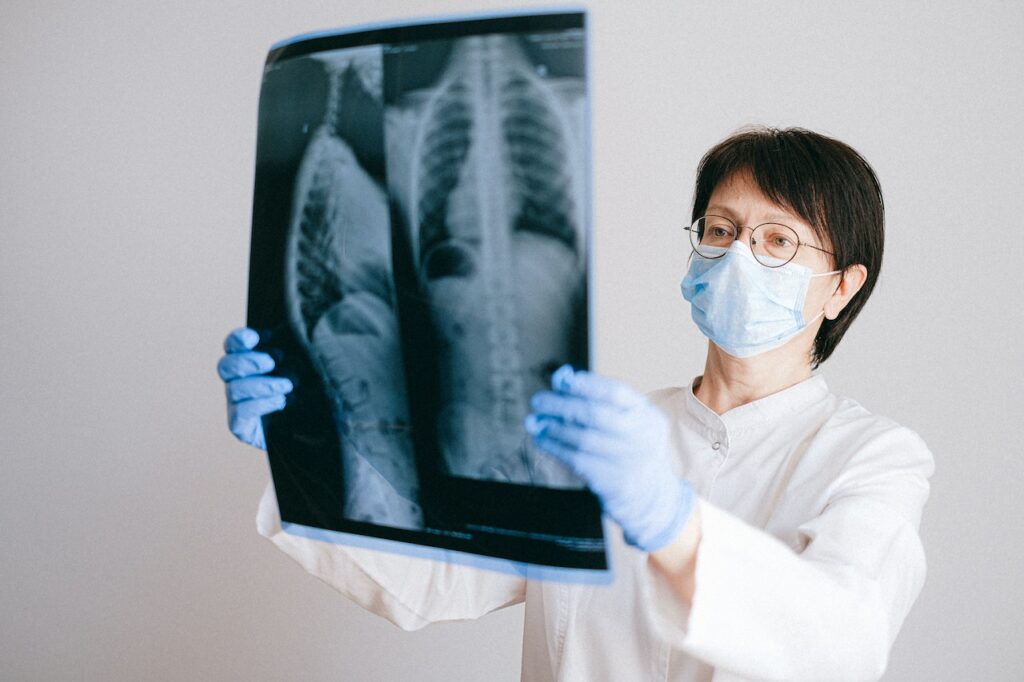
Gynecomastia vs. Pseudogynecomastia Recap
Though superficially similar, the two conditions of gynecomastia vs. pseudogynecomastia are quite different, and need to be treated as such.
It’s important to first diagnose the condition before considering treatments for the two conditions.
Although such methods as the pinch test may give you an idea of which variety you’re suffering from, you should always speak to a doctor before jumping to any conclusions.
Whichever condition you are experiencing, there are a variety of treatments available to alleviate symptoms, and often eliminate the condition entirely. It’s simply a question of finding the right one.
